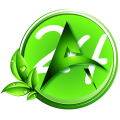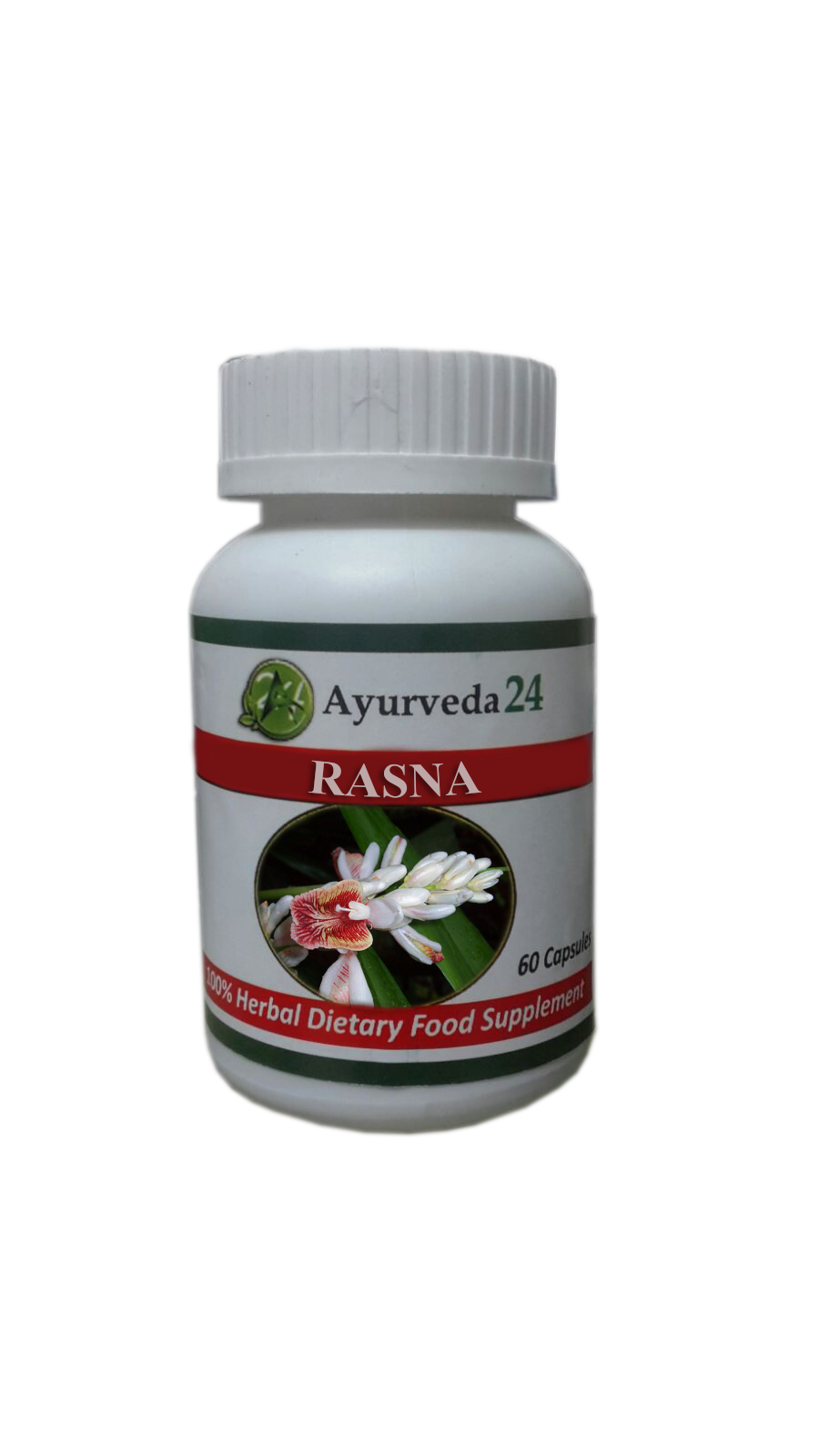Description
RASNA- Pluchea lacneolata
One of the Best Herbs for pain relief.
(Pluchea lacneolata)
Chemical composition sterols,triterpenoids, lavonoids (quercetin, isorhamnetin, daidzein), triterpenes, sitosterols, taraxosterols, pluchine and lactones originate from this plant.
Guna according to Ayurvedic terminologies
Rasa: Tikta
Guna : Guru or heavy
Virya: Ushna or hot potency
Vipaka(taste after conversion)
katu Prabhav- vishghan
According to Ayurvedic Terminology
Amapachana – digests the undigested food which is known as “ama”
Jwaraghna – This herb has anti-pyretic properties
Kasahara – it also inhibits coughs
Shotahara – It possesses anti-inflammatory property
Swasahara – It is good in asthma or respiratory distress
Raktashodhaka – this herb purifies blood
Rasayana – It rejuvenates body cells and nourishes them.
Vedanasthapana – it removes pain from the whole body
Vatahara – It has a property to pacify Vata dosha & is considered one of the best herbs for pain relief
Vishaghna – It posses anti-poison property. It removes toxins from the body
Vrisya – It has aphrodisiac properties & builds good Shukra.
USES:
Rasna (Pluchea lanceolate) is a natural cure for all DISEASES of the nervous system. Rasna helps in conditions like sciatica, neuritis, and chronic inflammation of muscles and the nervous system. The terminal part of the large intestine is mainly dominated by Vata, so problems like constipation, regurgitation & flatulence are well cured by this herb. It works as a Rasayana and a drug of choice to delay the process of aging.
Effect on Doshas: – Vata Hara & pitta vardhak. Decreases Vata & elevates pitta dosha.
Ayurvedic Pharmacology of Rasna. Benefits Used in Vitiated conditions of Kapha and Vata & specially indicated in Vata diseases like Rheumatoid arthritis, Osteo-arthritis, gouty arthritis & inflammations in any joint. Rasna is used in digestive disturbances like flatulence, abdominal colic, and indigestion. For removing chilliness or cold its lepam or paste is used which brings warmth to the body. Its paste is used in various Inflammatory & painful conditions.
- In painful inflammatory conditions of Vata, only rasna or rasnasaptak kwath is given. Specially used in gouty arthritis & other blood purifying diseases. Research shows rasna leaves posses cox-2 inhibitor like action.
- It is given in ama, gulma, stomach pain & constipation. Its digest the indigested toxic food ‘ama’ & relieves patient from pain & also get rid of toxicity. It may lead to a bit of loose motion which decreases stool toxicity as well.
- It is used in fevers especially in rheumatic fevers as it has a anti-pyretic property. It decreases pain, inflammation & fever as well in all types of fevers.
- It also increases the patient’s energy levels. It also is used in various toxic conditions.
- Rasnais useful in skin diseases like itching, ringworm, and eczema. In skin diseases, a paste of Rasna roots prepared in cow’s urine is applied. Its decoction is also used to wash the affected area.
- Rasna has a specific action for delay signs of aging.
- In painful conditions, it is used with Ashwagandha, Sameerpanag Rasa, Curcumin & Mahayograj Guggul.
| Best Recommended Uses | |||
|
|||
| Doses and Useful Parts | |||
| Powder 3-6 gm, Decoction-50-100ml, leaves | |||
| Actions | Thermogenic, aromatic, nervine tonic, stimulant, carminative, stomachic, aphrodisiac, expectorant, bronchodilator, anti-inflammatory, and tonic | ||

